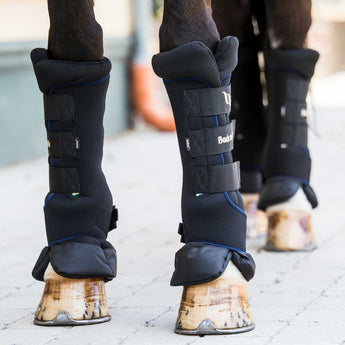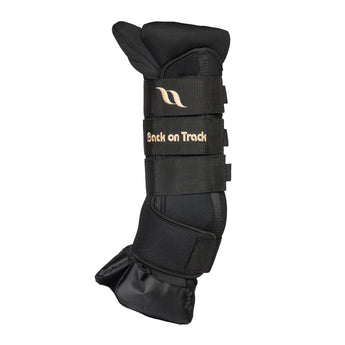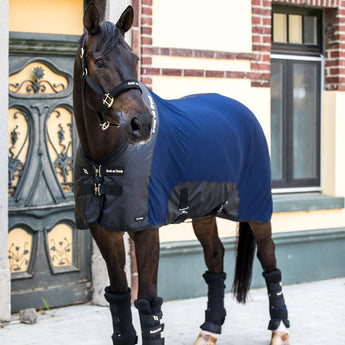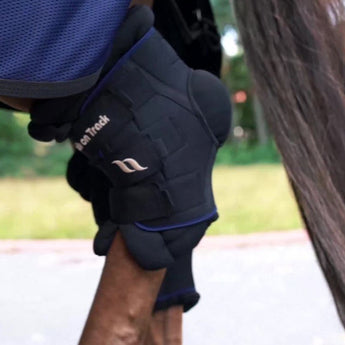HORSES ARE FOR EVERYONE: PART 3
Back on Track Ambassador Lauren Reischer is passionate about creating new opportunities for riders with disabilities to participate in equestrian sports and feel empowered through horses.
While working with Special Olympics in New York, Lauren learned what it took to create those opportunities and how much they meant to the riders who participated in them.
Keep reading to learn more about Special Olympics and how Lauren expanded their equestrian program in the third part of our four-part series with Lauren Reischer, Horses Are for Everyone.
Need to catch up? Read [part one] and [part two].
Working with Special Olympics
After graduating from college, Lauren began working for Special Olympics in New York. Special Olympics is a global sports organization with state chapters that oversees the delivery of sports training and competition opportunities for individuals with intellectual and developmental disabilities in that state.
"In that role, I wanted to use their infrastructure, which includes equestrian, to replicate the Special Olympic framework at existing horse shows. This way, we don't have to reinvent the wheel."
Before Lauren could make her dream a reality, she needed venues. And since all training and competitions organized by Special Olympics are free to athletes, Lauren also needed to fundraise. Back on Track USA was one of her first supporters.
"I wrote up prize lists, class specs, and rules. I went to some of the biggest hunter/jumper shows in New York and asked if they could make room for us at their horse show. I fundraised between private donations and corporate grants to completely subsidize this program so everything from shipping, braiding, stalls, entry fees, and accommodations was covered end to end."
Summer Show Series Success
Lauren's vision became the Special Olympics New York Summer Show Series, with three competitions held the first year at the Saratoga Horse Show, HITS Saugerties, and the Hampton Classic.
After a successful first year in 2022, the program doubled the divisions offered and the number of athletes who could compete in 2023. The feedback from participants was overwhelmingly positive.
"It was very popular. And people want more. Just to experience that competitive environment, it lit a fire inside, and they want to continue to stoke it."
Expanding the Program
While the Summer Show Series is limited to New York right now, Lauren aspires to expand the program to other states in the future. In the United States, each state has its own Special Olympics chapter.
Equestrians can find Special Olympics programs to get involved in their state on the Special Olympics website. The organization also provides resources for individuals interested in coaching equestrian athletes on their resource page.
Lessons for Equestrian Organizations
Lauren hopes the success of the Special Olympics program can inspire equestrian organizations and shows to develop their own initiatives to improve accessibility to the sport.
"Special Olympics is a sports organization, not an equestrian organization. Like a college athletics department, there is a designated season. But riders want to ride all year, go to horse shows, do more, trot longer, jump higher, learn to canter. Now, they've gotten a taste of being competitive. They got to taste victory and experience defeat, and they still want to do more."
Contacting local and national equestrian organizations, such as USEF, to advocate for more competition opportunities for riders with disabilities can help. However, Lauren stresses that improving accessibility in equestrian sports is up to everyone. And the little changes that could make a big difference aren't always obvious.
How Can We Improve Accessibility?
Lauren believes horses are for everyone. But she needs everyone's help to make her vision for a more accessible sport a reality. Find out how you can help in part four, [How Everyone Can Help Improve Accessibility in Equestrian Sport].
Sign up for the Back on Track newsletter to be the first to know when our next blog post goes live.
Follow Back on Track on Facebook and Instagram @backontrackusa to learn more from Back on Track Ambassadors.

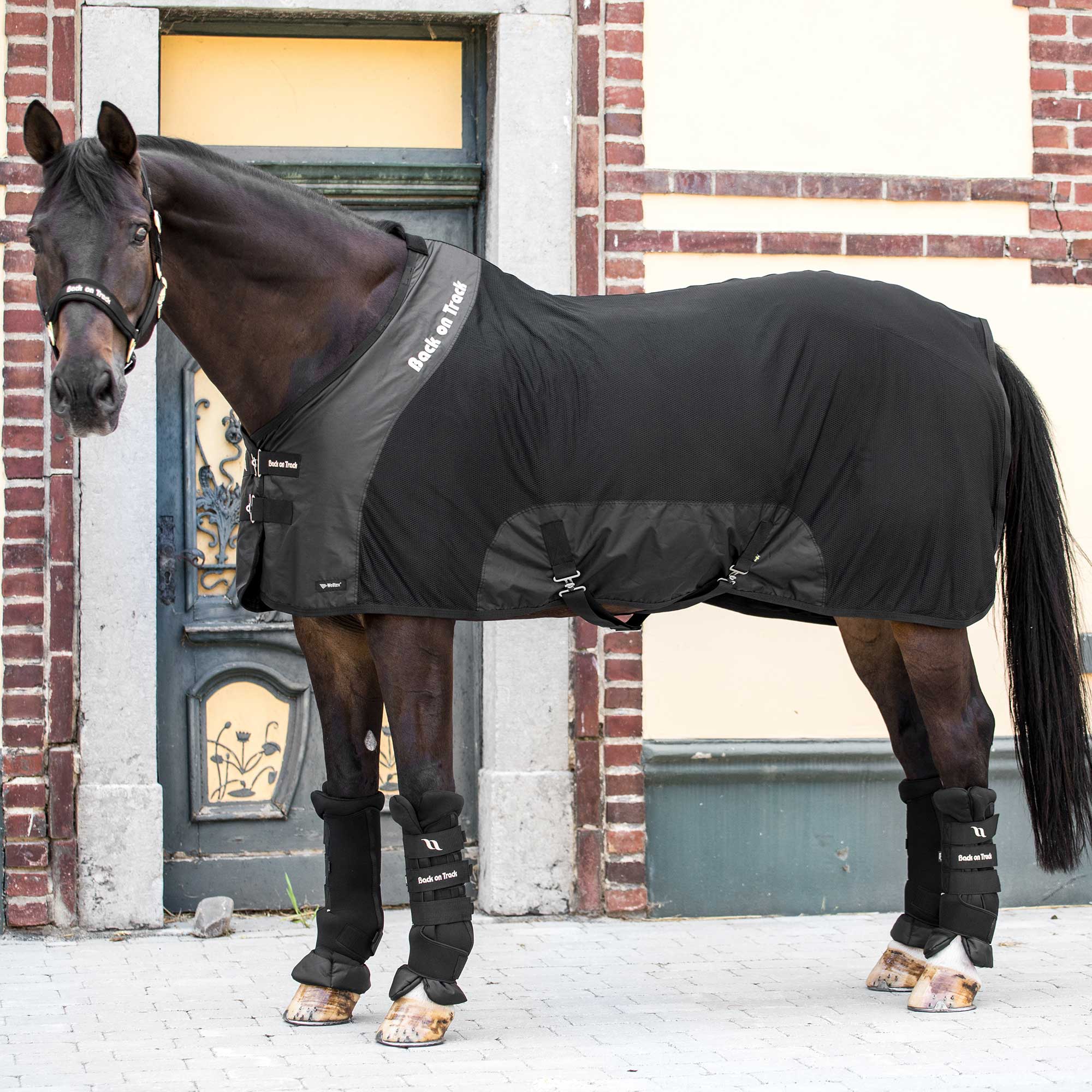

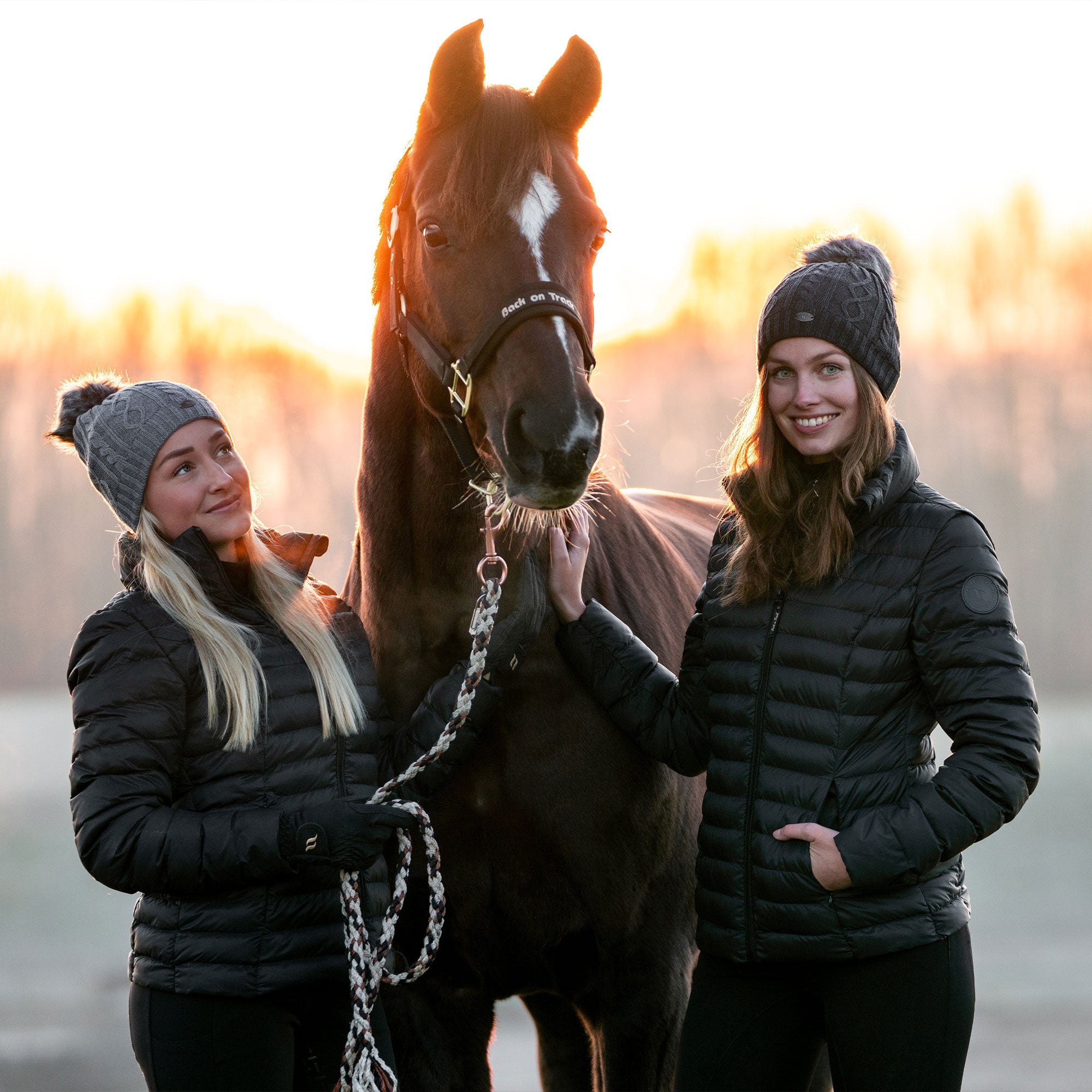
![How Special Olympics Expands Opportunities for Riders with Disabilities [Part 3]](http://backontrackusa.com/cdn/shop/articles/Lauren_Riding_1024x1024_6ae3c7ea-eec7-436f-8a4b-a7bbfbdacbdb.webp?v=1727030275)
